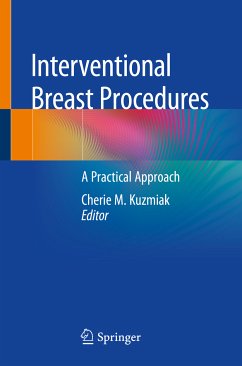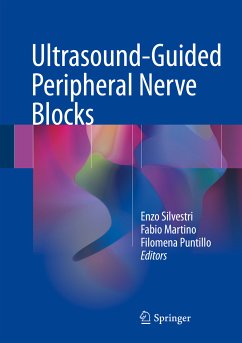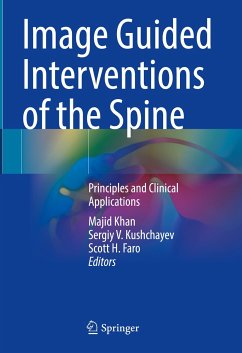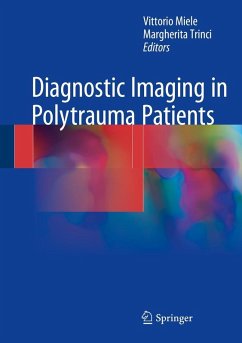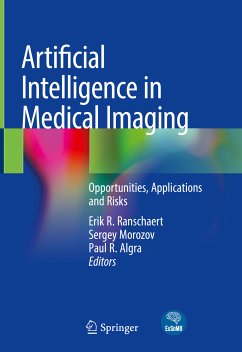
IR Playbook (eBook, PDF)
A Comprehensive Introduction to Interventional Radiology
Redaktion: Keefe, Nicole A.; Angle, John F.; Park, Auh Whan; Haskal, Ziv J

PAYBACK Punkte
48 °P sammeln!
This textbook offers a comprehensive guide to interventional radiology (IR) for medical students, residents, nurse practitioners, physician assistants, and fellows. IR is constantly evolving to meet the growing demands of patient care by applying cutting-edge technology to minimally invasive image-guided procedures. A dynamic specialty, interventional radiology has gained significant traction and interest in recent years, with combined IR/DR residencies rising to meet the increasing demand. This book addresses this growing need for a reference in IR, allowing students to gain a solid foundatio...
This textbook offers a comprehensive guide to interventional radiology (IR) for medical students, residents, nurse practitioners, physician assistants, and fellows. IR is constantly evolving to meet the growing demands of patient care by applying cutting-edge technology to minimally invasive image-guided procedures. A dynamic specialty, interventional radiology has gained significant traction and interest in recent years, with combined IR/DR residencies rising to meet the increasing demand. This book addresses this growing need for a reference in IR, allowing students to gain a solid foundation to prepare them for their careers.
The book is divided into two main sections, with many images and key point boxes throughout that offer high-yield pearls along with the specific How To's necessary for practice. The first section is designed to give readers an introduction to IR, including radiation safety, commonly used devices, patient care, and anatomy.The second portion divides into sections covering major body areas, diseases, conditions, and interventions. These chapters cover procedures including pathophysiology, indications for treatment, as well as alternative treatments before delving into interventional therapy. IR Playbook gives medical students, residents, and trainees a full perspective of interventional radiology.
The book is divided into two main sections, with many images and key point boxes throughout that offer high-yield pearls along with the specific How To's necessary for practice. The first section is designed to give readers an introduction to IR, including radiation safety, commonly used devices, patient care, and anatomy.The second portion divides into sections covering major body areas, diseases, conditions, and interventions. These chapters cover procedures including pathophysiology, indications for treatment, as well as alternative treatments before delving into interventional therapy. IR Playbook gives medical students, residents, and trainees a full perspective of interventional radiology.
Dieser Download kann aus rechtlichen Gründen nur mit Rechnungsadresse in A, B, BG, CY, CZ, D, DK, EW, E, FIN, F, GR, HR, H, IRL, I, LT, L, LR, M, NL, PL, P, R, S, SLO, SK ausgeliefert werden.





